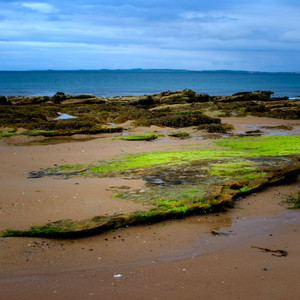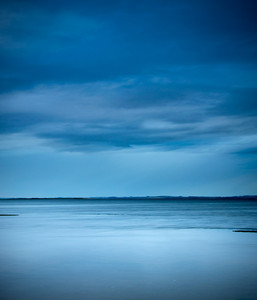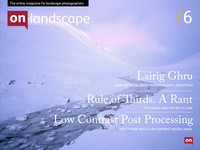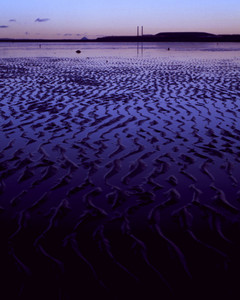Featured reader

Tim Parkin
Tim Parkin is a British landscape photographer, writer, and editor best known as the co-founder of On Landscape magazine, where he explores the art and practice of photographing the natural world. His work is thoughtful and carefully crafted, often focusing on subtle details and quiet moments in the landscape rather than dramatic vistas. Alongside his photography and writing, he co-founded the Natural Landscape Photography Awards, serves as a judge for other international competitions. Through all these projects, Parkin has become a respected and influential voice in contemporary landscape photography.

Michael Marten
I started taking photographs as a teenager and have been involved with photography ever since, from a first job as a caption writer at the Camera Press photo agency to starting the Science Photo Library in 1979. Since 2003 I have concentrated on my own landscape photography. My first major series was 'Sea Change' (2003-12), a study of identical views at low and high tide around the coast of Britain. A second project, 'Godrevy', was exhibited and published in 2015.
Michael Marten talked to me on the phone last week and we had a very pleasant chat that ranged from German romantic painting to victorian missionaries. We did get to cover photography at some point starting with Marten’s background as a half German, half British forces child. His educational career took him into the realms of religion and history and a graduation present of a Pentax SLR served him well when he moved to Iona shortly after.
He fully intended to shoot reportage style pictures but when he got to the island, the lure of the wilds were too much to resist and he ended up taking pictures of the beaches and interior, using cheap print film (he had to have some money left to invest in the whisky community) and suffering for the week turnaround before the pictures came back. Like many film photographers, he kept notes of each photograph to describe settings, light, etc - learning from each mistake.
 He now lectures at Stirling university on religion, history and the politics of the middle east although his doctoral thesis was on the cultural impact of Scottish missionaries on Palestine - this led to conversations about Caspar Friedrich and the way that European society changed its view of landscape at the start of the 19th Century. Marten also talked about his interest in how painters spend days researching pictures compared with modern photographers, and how he’s interested in capturing pictures without content, pictures of nothing but with structure. Being close to Portobello in Edinburgh helps access to beaches, a great source of nothingness.
He now lectures at Stirling university on religion, history and the politics of the middle east although his doctoral thesis was on the cultural impact of Scottish missionaries on Palestine - this led to conversations about Caspar Friedrich and the way that European society changed its view of landscape at the start of the 19th Century. Marten also talked about his interest in how painters spend days researching pictures compared with modern photographers, and how he’s interested in capturing pictures without content, pictures of nothing but with structure. Being close to Portobello in Edinburgh helps access to beaches, a great source of nothingness.
He learned his craft whilst working in a gift shop on Iona and became a little tired of the thousands of postcards they sold. When a Martin Guppy of Mull, who was himself just starting out, offered to make some postcards for the shop, Michael got to ‘spec’ the shots. Learning the processes and what was possible and what didn’t work was good learning and a great inspiration.
 Since working in the university, he has found a strange parallel between acting detective in the search of a coherent story from the chaos of the archives and trying to take pictures, drawing order from the chaos of nature.
Since working in the university, he has found a strange parallel between acting detective in the search of a coherent story from the chaos of the archives and trying to take pictures, drawing order from the chaos of nature.
He now owns a couple of film cameras, his favourite being a Nikon FM2 plus a 28mm and 50mm lens; he also owns a Nikon D90 which he uses for some professional photography commissions and landscapes with 10-24, 18-200, 35 and 50mm lenses. He even buys the occasional KwikSnap Fuji cameras (producing some embarrassingly good results!). Most of the film that goes through the FM2 is now Velvia with some Ilford FP4 Plus.
Finally, inspiration comes from many sources (most listed on his website but stand outs being David Stanley, Tony Mamic and Bruce Percy).
A big thank you for this interview and you can see more of Michael Marten's work at http://www.marten.org.uk/














